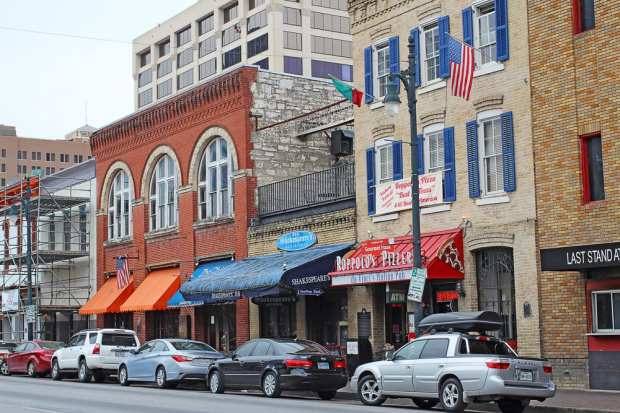Texas Halts Reopening Plans As COVID Cases Spike

As coronavirus cases spike in Texas, the state’s officials have walked back their reopening plans for the state, CNBC reported.
Gov. Greg Abbott said that the current rules for capacity at restaurants and stores could remain in place, but no further steps would be taken while the cases were increasing.
Texas is among the hardest-hit states, with the greatest number of new cases. There are currently 4,389 COVID-19 patients hospitalized in the state, a rise from 2,793 a week ago, CNBC reported, citing the state’s health department. On Wednesday (June 24), there were 5,500 new cases reported.
The hardest-hit counties in the state were Bexar, Dallas, Harris and Travis, which include the state’s most populated cities, including Houston, San Antonio, Dallas and Austin. In those areas, Abbott has ordered hospitals to postpone elective procedures and make room for more COVID-19 patients.
Abbott doesn’t want to completely shut down again, so he has elected to continue allowing bars, restaurants, gyms, retailers, professional sports venues and other such places to stay open, provided they abide by the reduced capacity rules. But he has recommended that everyone stay home, given the spike in cases, and has said that people going out in public should wear a mask and practice social distancing rules.
While he’s defended the state’s reopening plan thus far by praising hospitals’ capacities, Abbott said on Monday (June 22) that additional, tougher actions would be necessary if the cases continue to rise.
Darden Restaurants, which has reopened 91 percent of its dining rooms at limited capacity, said it hasn’t seen a change in consumer behavior since the coronavirus cases began rising in several states. CEO Gene Lee said Darden has seen “no change in our business trends,” although he noted that the company was concerned about the spikes.
Likewise, by May, after months of lockdowns, U.S. consumers began to feel better about leaving their homes. In a survey of 2,064 consumers, PYMNTS found that around 36 percent of those surveyed fit that demographic. However, other people likely plan to continue shopping online in lieu of physical spaces for the foreseeable future, the survey found.
